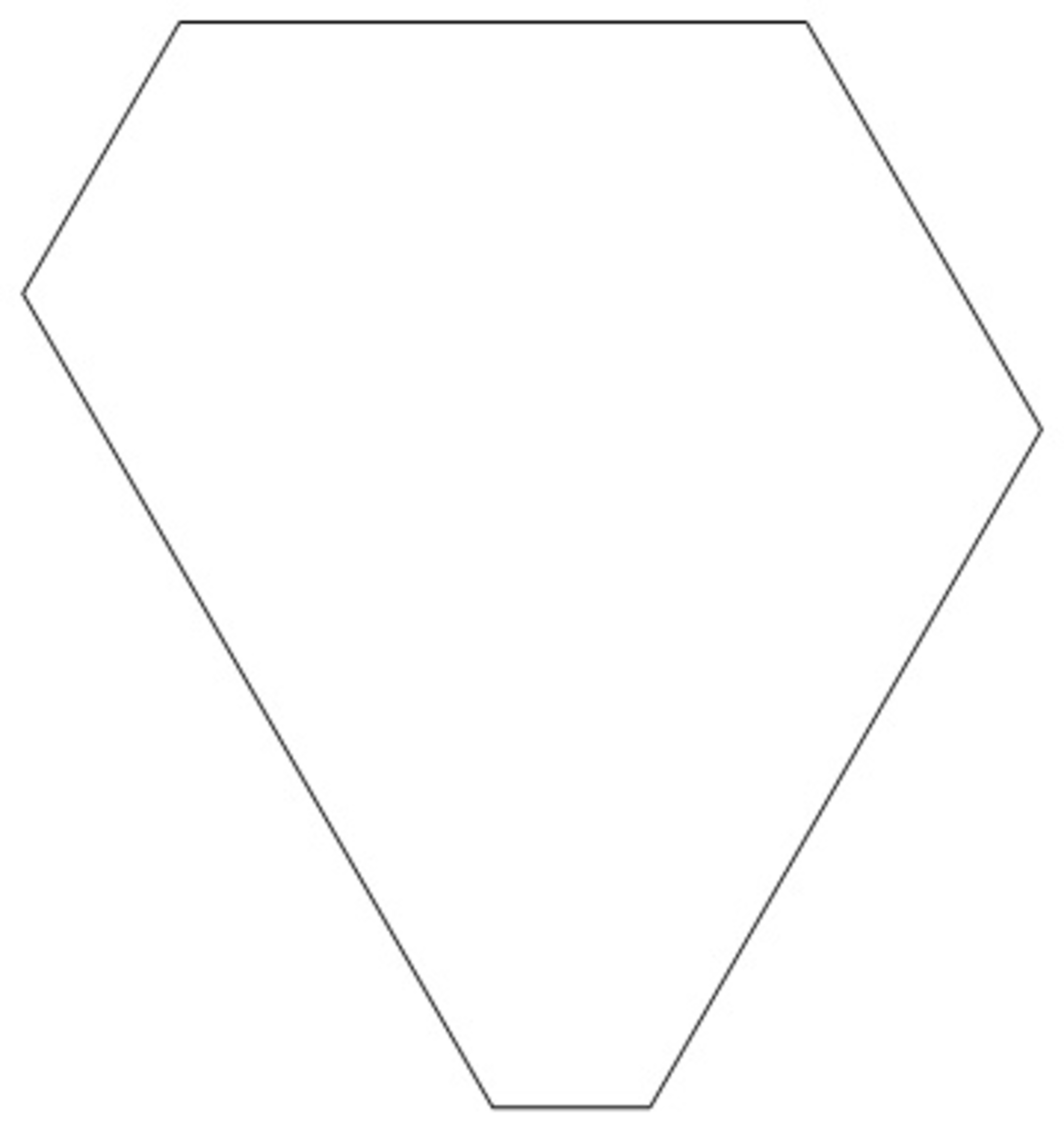Hexagonizing

Imagine an equiangular hexagon that has sides in some order which, when sorted in ascending order, follow a nonzero arithmetic progression . Given that there are two non-isomorphic ways to construct such hexagons, let these hexagons be and .
The difference in the areas of hexagons and is 18 unit triangles, where 1 unit triangle corresponds to an area occupied by an equilateral triangle of side length 1.
If the perimeter of either of and is 87 units, find the length of the longest side.
The answer is 22.
This section requires Javascript.
You are seeing this because something didn't load right. We suggest you, (a) try
refreshing the page, (b) enabling javascript if it is disabled on your browser and,
finally, (c)
loading the
non-javascript version of this page
. We're sorry about the hassle.
Let a be the shortest side of the hexagon, and k be the common increment for each succeeding side.
That said, we can now express its perimeter in terms of a and k .
a + ( a + k ) + ( a + 2 k ) + . . . + ( a + 5 k ) = 6 a + 1 5 k = 8 7
2 a + 5 k = 2 9
Let us set that aside.
Now we go to the construction of the hexagon.
An equiangular hexagon whose sides in clockwise order are A, B, C, D, E, and F will exist if an only if the following statements are true:
A + B = D + E B + C = E + F
Let us assume B = a + 5 k . Then A can only be a , ( a + k ) , or ( a + 2 k ) . That is because if A becomes ( a + 3 k ) or greater, then there would be no choices for D and E to make the first equation true.
So, let us list the ways which will make the first equation true.
( a + 5 k ) + a = ( a + k ) + ( a + 4 k ) ( a + 5 k ) + a = ( a + 2 k ) + ( a + 3 k ) ( a + 5 k ) + ( a + k ) = ( a + 2 k ) + ( a + 4 k ) ( a + 5 k ) + ( a + 2 k ) = ( a + 3 k ) + ( a + 4 k )
If we then assume that a is adjacent to ( a + 5 k ) , then all the other equations will follow and we will have the two hexagons is the following order.
Hexagon A
a , ( a + 5 k ) , ( a + k ) , ( a + 3 k ) , ( a + 2 k ) , ( a + 4 k )
Hexagon B
a , ( a + 5 k ) , ( a + 2 k ) , ( a + k ) , ( a + 4 k ) , ( a + 3 k )
Now, we proceed to finding the area of these hexagons.
[ ( A + B + C ) 2 − ( A 2 + C 2 + E 2 ) ] u
where u is the unit triangle area, or 4 3 sq units. This is derived from the fact that such equiangular hexagons may be viewed as portions of an equilateral triangle whose vertices are cut off with portions of smaller-sized equilateral triangles.
Following such formula, we get the area of Hexagon A to be
( 6 a 2 + 3 0 a k + 3 1 k 2 ) u
while Hexagon B has an area of
( 6 a 2 + 3 0 a k + 2 9 k 2 ) u
and so we get
2 k 2 u = 1 8 u
k = 3
and since
2 a + 5 k = 2 9
we get a = 7 and so we can now compute for the longest side ( a + 5 k ) = 2 2 .